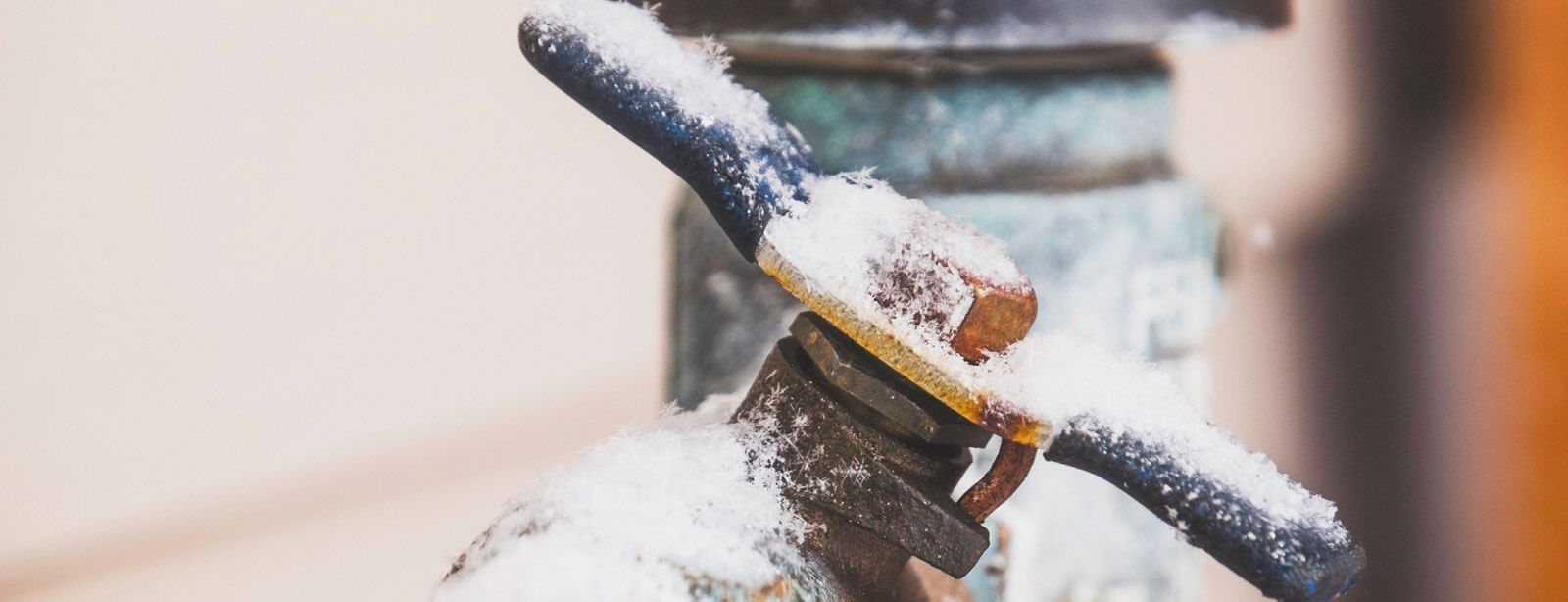Gainesville Plumbing Services for Cold Weather
There are two approaches Gainesville, FL, plumbers use to prevent pipes from freezing. The first is to use insulation on the pipes, and the second is to address the areas of the house surrounding the pipes.
Use Pipe Insulation
To insulate the pipes, start by finding any water supply lines that run through unheated areas of your home. The garage, the crawl space, the basement, and the attic are places that might not have heat and where the pipes could freeze. Next, grab some pipe insulation, which is available at most hardware stores, and wrap the exposed surfaces of the pipes, including covering outdoor spouts or faucets. A common mistake homeowners make is wrapping only the cold water pipe, but remember to insulate all the pipes. As Gainesville plumbers will tell you, even the hot water pipe can freeze in cold temperatures.
Address Surrounding Areas
Another approach to preventing pipes from freezing is to address areas of the home surrounding the pipes. First, make sure all the doors and windows are closed and property insulated in places where water pipes run through. The less cold air that penetrates the garage or crawl space, for example, the better chance the water temperature has to stay above freezing level. Similarly, opening up the cabinet doors below the bathroom and kitchen sinks to let the warm indoor air of your home circulate around the pipes can also prevent them from freezing. But this technique requires your home to be at a warm temperature to begin with, including at night or when the home is vacant. Turning up the thermostat might raise the utilities bill in the short term, but the alternative of keeping the indoor temperature low could lead to even more costly home repairs if the pipes freeze and burst.
What to Do When the Pipes Freeze
When water only trickles through the pipe, or no water comes out, the pipe is likely frozen. Many peoples’ instinct at this point is to worry, but try to stay calm and remember the advice of Gainesville plumbing experts on how to deal with frozen or burst pipes.
Thawing the Pipes
Not all of the pipes will necessarily freeze at the same time, so the first step in dealing with frozen pipes is finding which pipes exactly need attention. Turn on the faucet for each pipe to check if water is flowing through normally. Pipes on exterior walls or near the foundation of the home are prime suspects for freezing because the temperatures in these areas can get very low, although all unheated sections of the home can have frozen pipes. Importantly, after discovering a frozen pipe, make sure its faucet or valve is left open until after the pipe is thawed. Pressure can build inside a frozen pipe and cause it to burst, but an open valve relieves the pressure and greatly reduces the chances of the pipe bursting. There are also many ways to thaw a frozen pipe, including blowing on it with a hair dryer, wrapping it with an electric heating pad or a hot towel, or pouring hot water on the outside of the pipe. Continue applying your choice of heat to the pipe until the water starts flowing regularly. Once it does, close the valve to conserve water. Also, when you cannot find the frozen pipe, or the pipe is too badly frozen for you to thaw, that is the time to call a plumber.
How to Address Burst Pipes
Upon discovering that a pipe has burst, the first step is to shut off the home’s main water valve to prevent more water from coming out and causing damage. If water finds its way inside the home, you should also turn off the electricity to prevent the risk of electrocution. The next step is to call one of the plumbers Gainesville residents trust to perform emergency services. At Quality Plumbing of Gainesville Inc., for example, we offer 24-hour service, so keeping our contact information on hand is advisable. Yet, the consequences of a burst pipe are not always limited to the plumbing. In severe cases, water damage, including mold and mildew, can make additional home repairs necessary. Thus, once the plumber repairs the burst pipe, use a towel, a mop, or a bucket to remove all standing water to prevent further damage.
